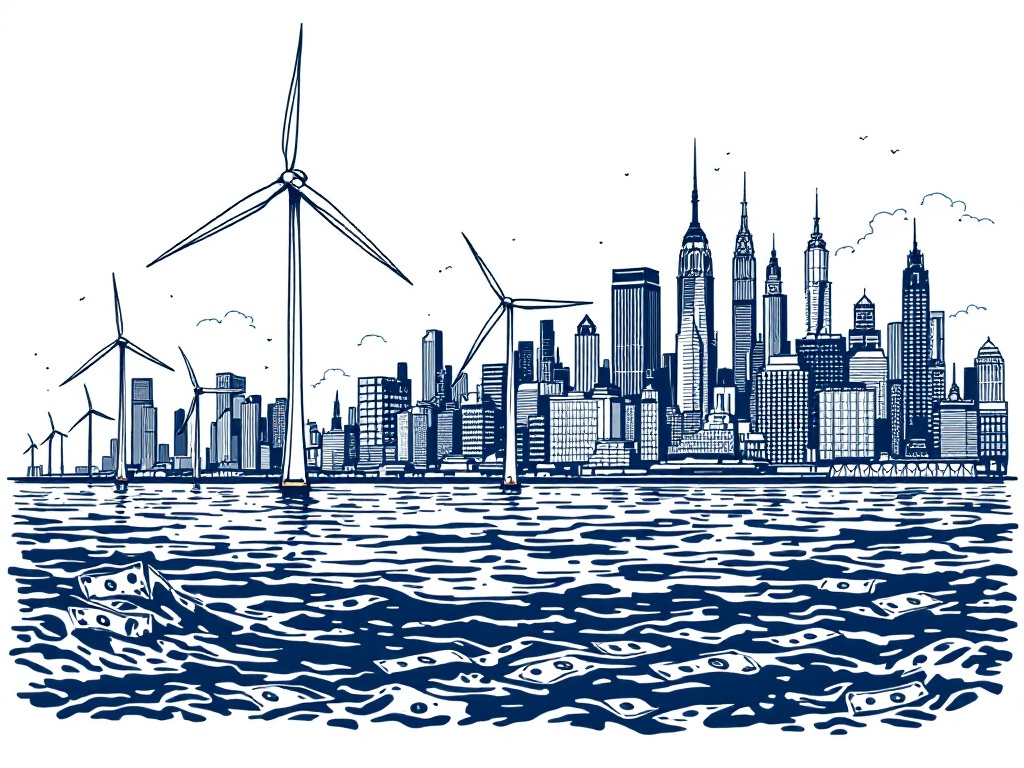New York City Boosts Green Energy with Offshore Wind Project

New York City, Thursday, 20 February 2025.
Empire Wind 1, New York City’s debut offshore wind project, gains traction as it secures crucial regulatory approval, promising to diversify energy sources while cutting fossil fuel reliance.
Regulatory Milestone
On February 19, 2025, the New York State Public Service Commission granted a pivotal approval for Empire Wind 1’s transmission facilities [1], marking a significant advancement in the city’s renewable energy infrastructure. The project, developed by Equinor Wind US LLC, will span 80,000 acres located 15-30 miles southeast of Long Island [1]. This massive undertaking, backed by a substantial financing package exceeding $3 billion [3], represents a crucial step in New York’s transition to clean energy.
Technical Specifications and Implementation
The ambitious project features two 230-kV high-voltage alternating current submarine export cables extending approximately 15.1 nautical miles from New York State waters to Brooklyn [1]. With an impressive capacity of 816 megawatts [1], the installation will connect to Con Edison’s Gowanus substation [1]. The project has secured a formal power agreement spanning 25 years at $155.00/MWh [2], though this rate has sparked discussions about cost implications for local consumers, as it significantly exceeds conventional energy prices [2].
Industry Challenges and Timeline
While Empire Wind 1 progresses, the broader offshore wind sector faces headwinds. Industry experts note a general slowdown in offshore wind development, attributed to rising material costs, elevated interest rates, and supply chain complications [1]. Despite these challenges, Empire Wind 1 maintains its trajectory toward completion, with full operational status expected by the end of 2027 [1]. The total capital investment is projected at approximately $5 billion, including anticipated tax credits [1].
Environmental and Economic Impact
Commission Chair Rory M. Christian emphasized the project’s significance, stating that it represents ‘an important part of the development of a clean energy economy for New York State’ [1]. However, the project faces scrutiny regarding its environmental impact and economic implications. The development occurs against the backdrop of broader industry uncertainty, particularly with recent policy changes affecting offshore wind development in the United States [4]. This project’s success could set important precedents for future offshore wind initiatives along the Eastern seaboard.